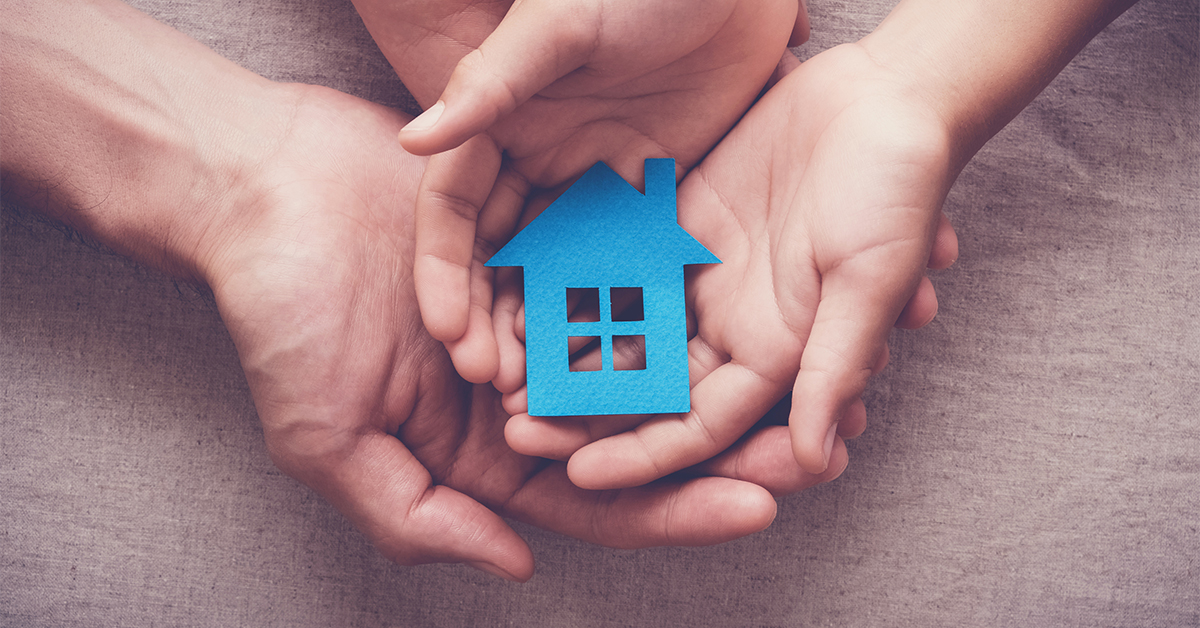Using your RRSPs for a home down payment
Getting ready to buy your first home? It's an exciting decision, but also an increasingly difficult one as rising interest rates are making costs climb. To help with your down payment, you might want to dip into your RRSP—which you can do tax free through the Home Buyers' Plan.

Updated on July 10, 2024. Originally published March 11, 2024.
What’s an RRSP?
Registered Retirement Savings Plans (RRSPs) are one of the most popular ways to save, with millions of Canadians making contributions every year. There's a maximum contribution limit each year, but unused room is available for future deposits and, most importantly, contributions are tax deductible. Although they're primarily intended for retirement, first-time homebuyers can withdraw up to $60,000 from their RRSP savings to put toward a downpayment through the Home Buyers’ Plan.
How much do you need for a down payment?
Aside from rising interest rates, prices for homes themselves are also rapidly increasing. In just the past three years, the average cost for a house rose by almost $100,000 across Canada, even more in major cities. This makes funding a down payment even more challenging.
Typically, the minimum down payment for a home ranges from 5% to 20% of the total price. If a property costs less than $500,000, the smallest amount you can pay as a deposit is $25,000, which is 5%. However, since the average price tag on a house across the country is $704,000, you're likely to spend more as a first-time homebuyer. In that case, the down payment is calculated by taking 5% of the first $500,000 and 10% of the amount over $500,000. If a home costs over $1 million, the minimum down payment is simply 20% of the overall price.
Down payments of less than 20% generally require the purchase of mortgage loan insurance. If you’re self-employed or have a lower credit score, you might have to purchase this insurance. The cost depends on your down payment and your province, and you may also have to add sales tax to the insurance premium.
Introducing the Home Buyers’ Plan
The Home Buyers’ Plan lets you withdraw up to $60,000 from your RRSP tax free to put toward your down payment. If buying as a couple, each person may be able to withdraw RRSP savings for a total of $120,000. Although the money isn’t taxed, it must be paid back to the account within 15 years, generally beginning the second year after withdrawing the money. For participants making a first withdrawal between January 1, 2022, and December 31, 2025, the start of the repayment period is temporarily extended by an additional three years. For example, if you made your first withdrawal in 2022, your first year to start repayment will be 2027. You must pay at least one-fifteenth of the amount back each year (about $4,000 if you withdrew $60,000) but you can pay more if you're able. If you pay less, or none at all, you need to report the amount on your taxes, and it’s treated as RRSP income. Note that the money must be in your RRSP for at least 90 days before removal from the Home Buyers’ Plan.
Closing costs
When purchasing a home, it’s easy to forget about one major expense: the closing costs. A land transfer tax must be paid for any property, but the amount varies by province and region. A home in Toronto could have a larger fee than a house with the exact same price in a different region. Although the Home Buyers’ Plan can't be used to assist with this fee, you might be eligible for a First-Time Home Buyers’ Tax Credit. Other expenses can include costs for a lawyer, title search, property tax adjustment, and repairs.
What about the First Home Savings Account?
The First Home Savings Account (FHSA) is another great option for saving as a first-time home buyer. This plan has some similarities to an RRSP, with some key differences, including a different contribution limit. Is an FHSA right for you?
Getting started with budgeting for your first home
Purchasing a home is likely one of the biggest financial decisions of your life, and it all starts with your down payment. Because this cost can soar into the tens of thousands of dollars and beyond, many are taking advantage of the money from their RRSP savings. First-time owners can use the Home Buyers’ Plan to withdraw a set amount of their savings without paying tax, as long as they follow the program rules for repayment and other details. Although there are other costs associated with buying property, having a little help with the down payment can go a long way.

When buying a home, consider the benefits of an RRSP.
Find out how RRSPs can help you save money for a down payment.
Important disclosures
The commentary in this publication is for general information only and should not be considered legal, financial, or tax advice to any party. Individuals should seek the advice of professionals to ensure that any action taken with respect to this information is appropriate to their specific situation.